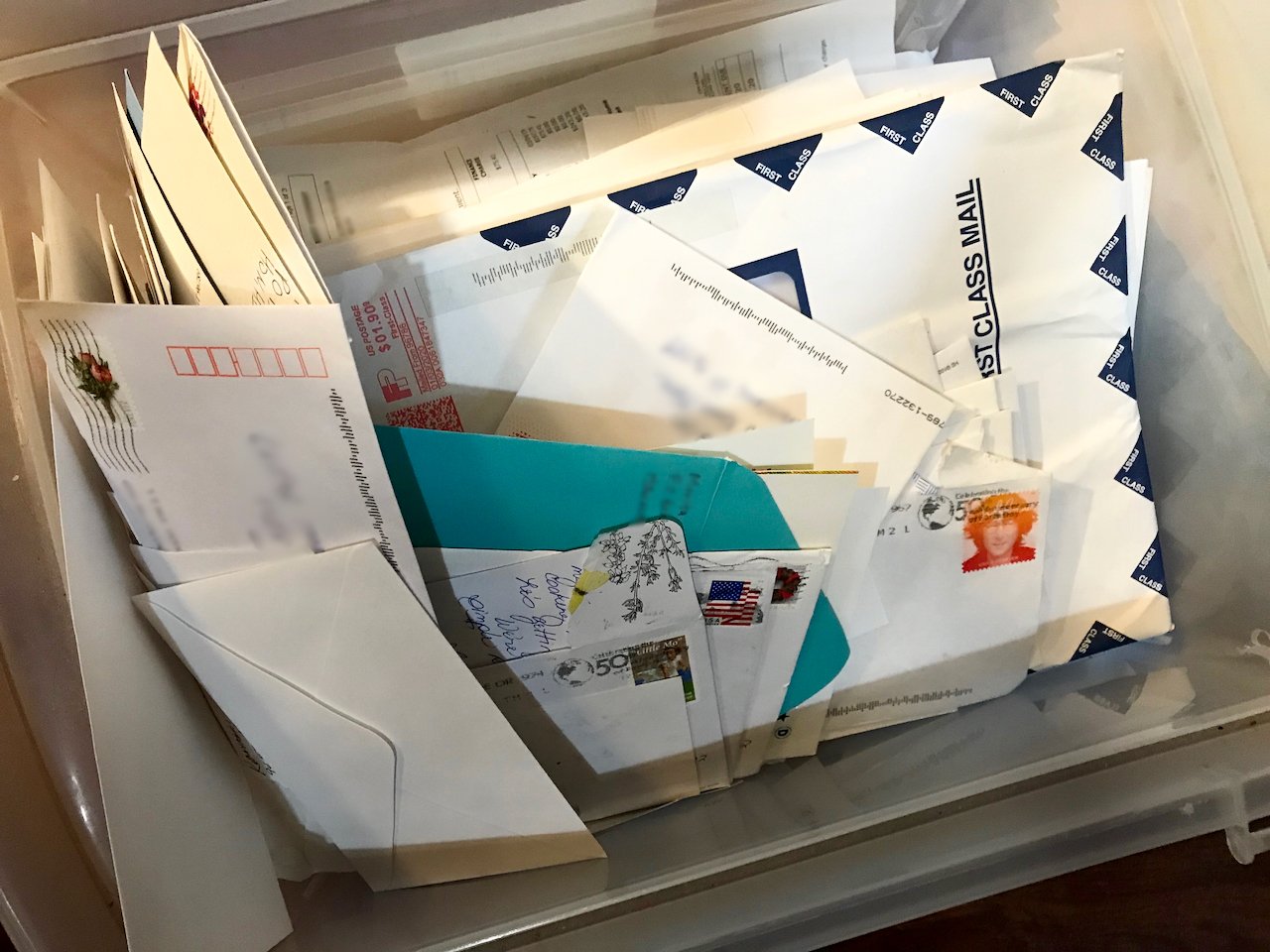Heather Banks from Tidy Life:
Spring cleaning would be a misnomer if it didn't involve cleaning, but my number one tip isn't actually about cleaning. My number one tip is to go around your home and discover what needs to be repaired or replaced since the year before.
I don't know about you, but I'm prone to hibernating during the cold months and sometimes the long dark days can lower my motivation which leaves a lot of things undone. The fresh air and sunshine can be invigorating so I take advantage of this energy!
Usually, light bulbs start to burn out so I'll pick up some extra bulbs to have on hand. It's a good time to check for holes or worn spots in your clothes, especially outerwear like gloves. I like to wear the stretchy gloves and my nails inevitably burst through the fingertips. Go ahead and launder everything first, then spend a couple minutes with a needle and thread to repair any small holes before tucking them away in storage. This way they will be ready when you need them next year.
Take a moment to follow up on any winterization improvements. Did your windows feel extra drafty this year? Did something break over the winter that you haven't found time to fix? This is the perfect time to reset your home so that you can relax and enjoy the warmer months to come.
Kristin DeCou from Modern Refresh:
"Use cleaning products that invigorate the senses. If they smell good, look good, and are good for the environment, you’ll FEEL good every time you clean. You might even look forward to cleaning those kitchen countertops!
You can even invigorate the senses while you clean. Start with what's easiest for you and find ways to make it fun:
1. Listen to your favorite podcast or playlist.
2. Treat yourself to your favorite beverage and enjoy while you clean.
3. Light a candle or essential oils to refresh your space.
Don't work to clean, make cleaning work for you.
Use cleaning products that invigorate the senses. If they smell good, look good, and are good for the environment, you’ll FEEL good every time you clean.
Selina Mills from Restful Space:
The sun has appeared in England for the first time this year so I’ve been in my garden, sewing veggie seeds and surrounding myself with lots of lovely plants.
My home is also filled with plants and much as I love them, they do require time and energy, watering, re-potting, and critically: dusting.
The ones with the tiny leaves are tricky but here’s my tip. In the spring, on a day when the temperatures are not too dissimilar to indoors but when a bit of rain is forecast, take your plants outdoors and let them get thoroughly showered! A light breeze is no problem but of course avoid windy days, and your plants will feel as though they’ve been on holiday.
When they’ve dried off, remove dead or untidy leaves, pot up any that are outgrowing their pots, and replace. (They might need different homes in their new, bigger pots!)
You can, of course, achieve the same in the bathroom shower, but it can make a mess and there’s way more romance doing it outdoors!




























































